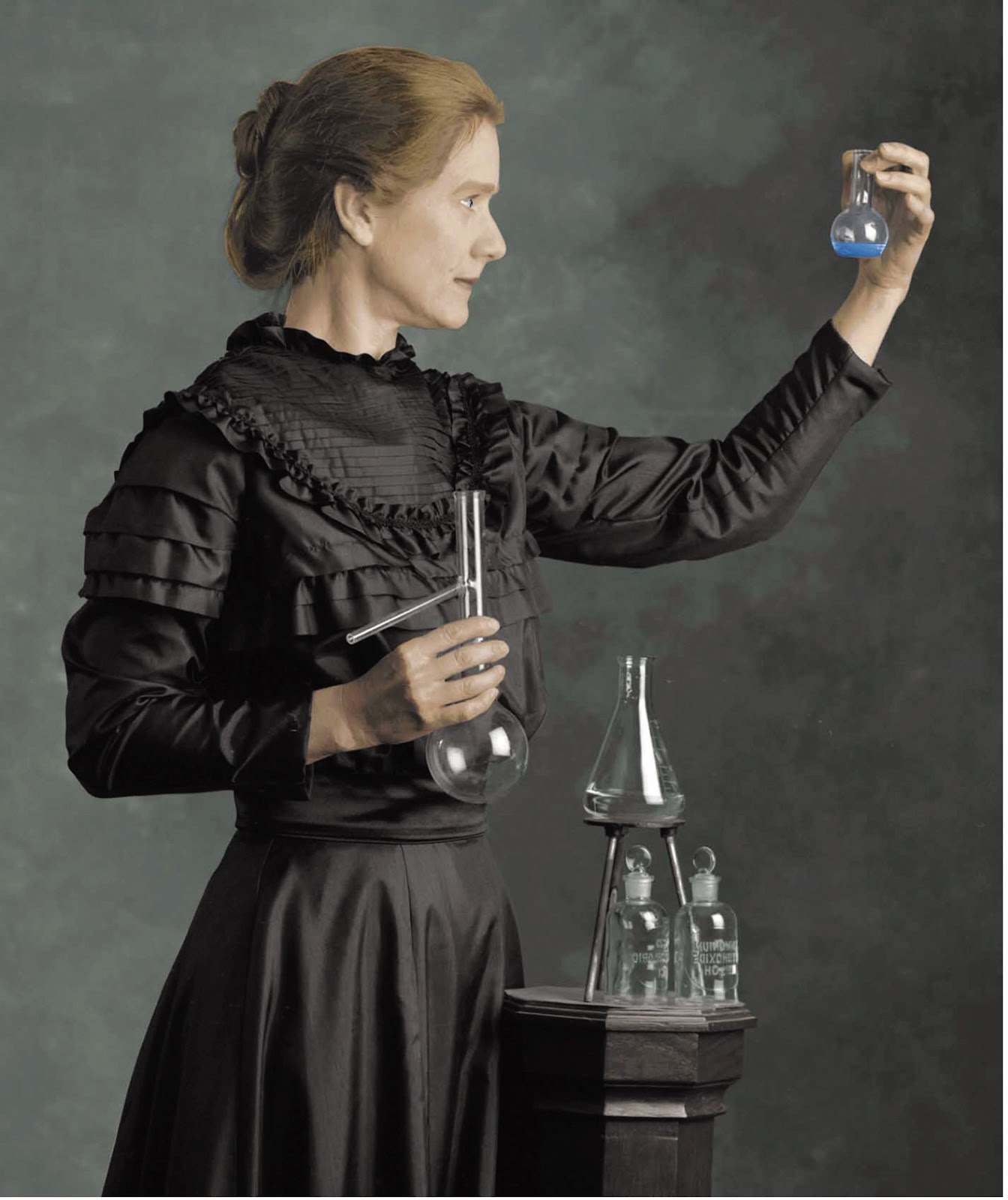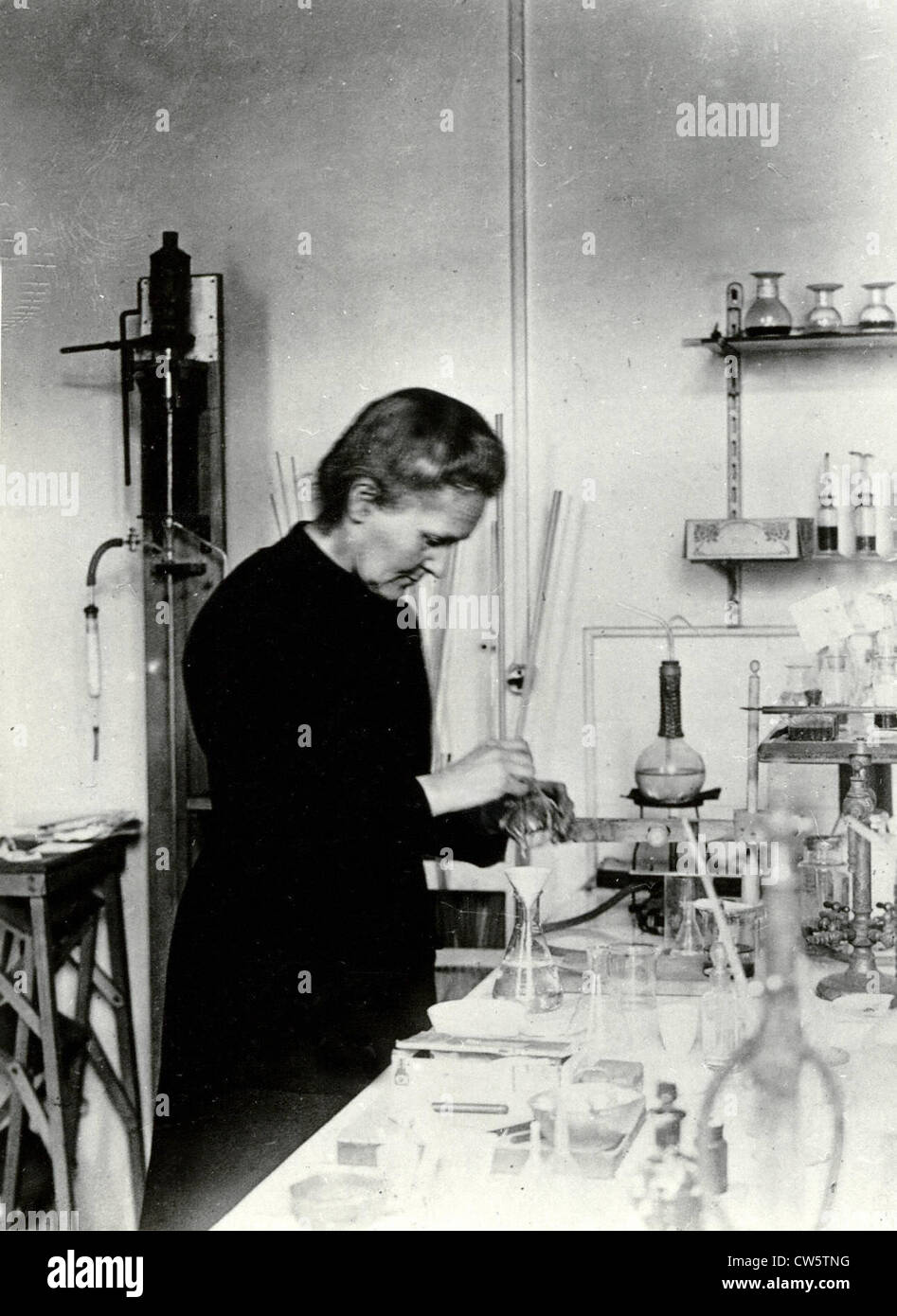

#RADIUM MARIE CURIE HOW TO#
During the first world war, she created mobile X-ray equipment to help soldiers who were injured on the battlefield and went to the front herself to train medics in how to use them.Īll those years of working with radioactive elements eventually took their toll: Marie died of aplastic anaemia, often caused by radiation exposure, in 1934, aged 66. She is still the only person to have won two Nobels in two different scientific fields.Īfter Pierre’s death in 1906 in an accident, Marie continued their work and took up his position at the university, while raising their two daughters. With this she became the first person to win two Nobel prizes. She also won the Nobel prize in chemistry, in 1911, for the discovery of radium and polonium, and the isolation of radium. It almost didn’t happen – the Nobel committee wanted to honour only Pierre and Becquerel, but Pierre, alerted in advance, complained and Marie’s name was added. The couple’s work on radioactivity won them a share of the Nobel prize in physics in 1903, alongside Becquerel, making Marie the first woman to win a Nobel prize. It took Marie another 12 years before she could isolate pure metal radium from pitchblende and definitively prove its existence. Then, on 26 December, they announced the discovery of a second new element: radium. But it still didn’t explain all of the radiation seen in pitchblende. That July, the couple announced the discovery of the element polonium, which they named after Marie’s native Poland. Two years earlier Henri Becquerel had discovered that uranium salts gave off rays that could penetrate objects in a similar way to the newly discovered X rays, but Marie had noticed that pitchblende gave off much more of what she later called radioactivity than would be expected if uranium alone was to blame.Įxcited by Marie’s work, Pierre stopped his own research into crystals to help her grind down tonnes of the mineral in search of an answer. Marie had been investigating the unusual properties of pitchblende, a black mineral that is rich in uranium. More than 100 years after their discoveries, the couple’s notebooks are still so radioactive they have to be kept in lead-lined boxes and handled only while wearing protective clothing.ġ898 was a busy year for the couple. Marie even kept vials of what she was working on in her pockets or her desk drawers. At the time no one knew about the effects of radioactivity on the body, so they handled the elements they used in their research without any of the precautions or protective clothing we would use today. The couple set up a joint laboratory in a basement, building their own equipment for their experiments. There she met Pierre Curie, who worked at the university, and they married in 1895.

She also carried out pioneering research into radioactivity.īorn Maria Skłodowska in Warsaw on 7 November 1867, Marie moved to Paris in 1891 to study physics, chemistry and maths at the University of Paris, where she earned two degrees, supporting herself through her studies by tutoring in the evenings. Along with her husband Pierre, she discovered two elements: polonium and radium.

Marie Curie was a physicist and chemist who became the first woman to win a Nobel prize.


 0 kommentar(er)
0 kommentar(er)
